Over the years, Apple has made iPhones much more durable by adding stronger materials and tweaking designs. Despite this, it’s still not a good idea to use your device without a case—for multiple reasons.
Why Your iPhone Absolutely Needs a Case
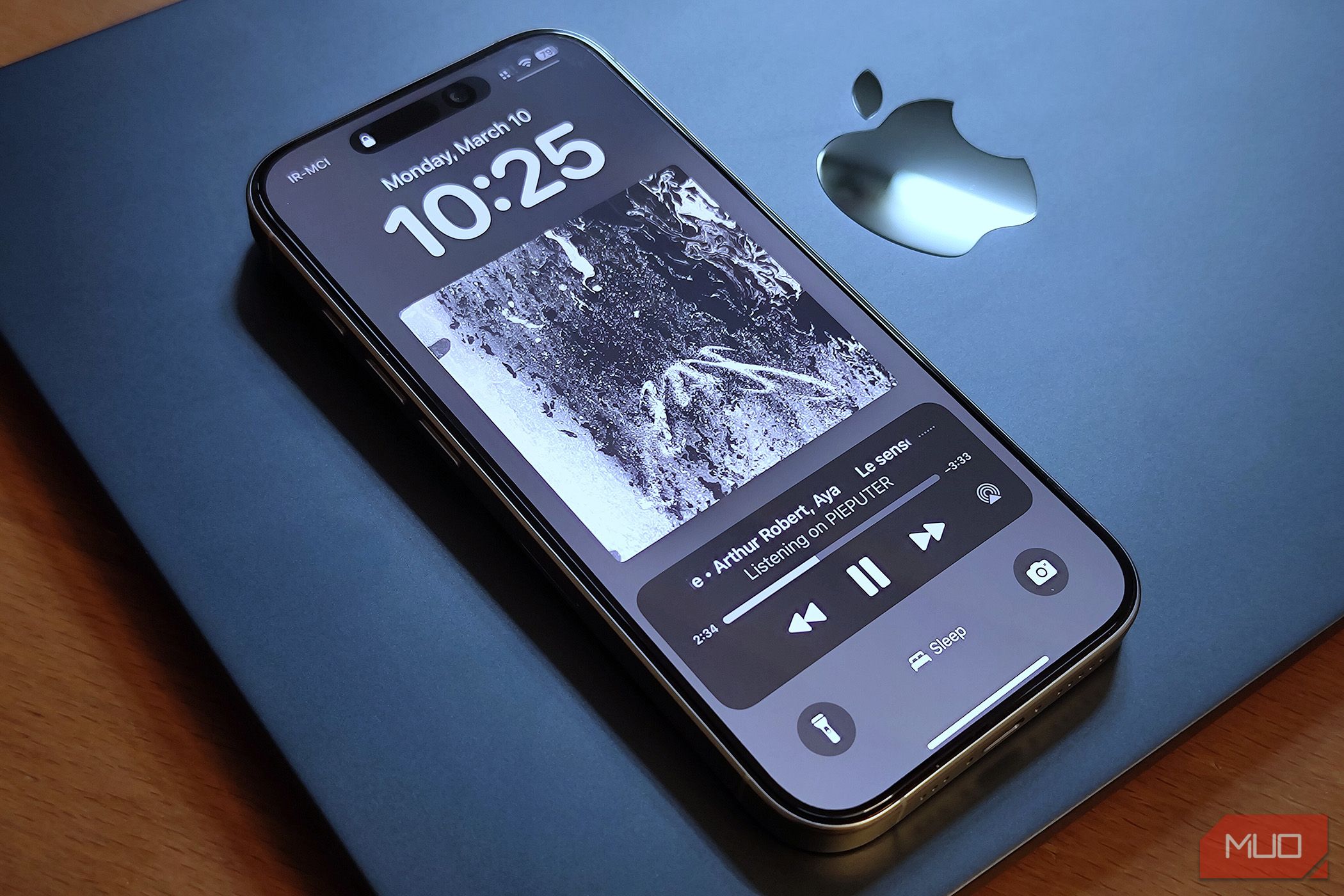
The most recent iPhone models incorporate titanium and sapphire crystal, ceramic, and stainless steel materials in their construction. These materials offer protection against accidental drops onto soft surfaces; however, Apple makes no guarantee about the safety of an unprotected iPhone against small drops or minor impacts.
Unfortunately, accidents happen, as we all know. All it takes is one distraction or fumbled grip to drop your iPhone. Dropping can cause damage to both the screen and the device’s corners, as well as harm the internal components. Even if you handle it super carefully, everyday usage of your iPhone will inevitably produce scratches and scuffs. This accumulation of minor and major damage can lead to expensive repair costs or reduced resale value when you sell your device.
Thankfully, there are all kinds of cases to keep your iPhone looking nice and prevent major damage from drops. But physical protection isn’t the only benefit; cases often enhance the phone’s grip and provide better ergonomic design, for instance. Many cases also help defend against dust particles, dirt, and debris from gathering in ports or around buttons.
Another great perk is that cases add a personal touch to your phone, helping you stand out from the bare phone that so many others have.
Types of iPhone Cases to Consider
Not all cases are the same. You can choose from something that bulks up your phone considerably to one so thin it barely provides any protection—and everything in between.
Slim/Minimalist Cases
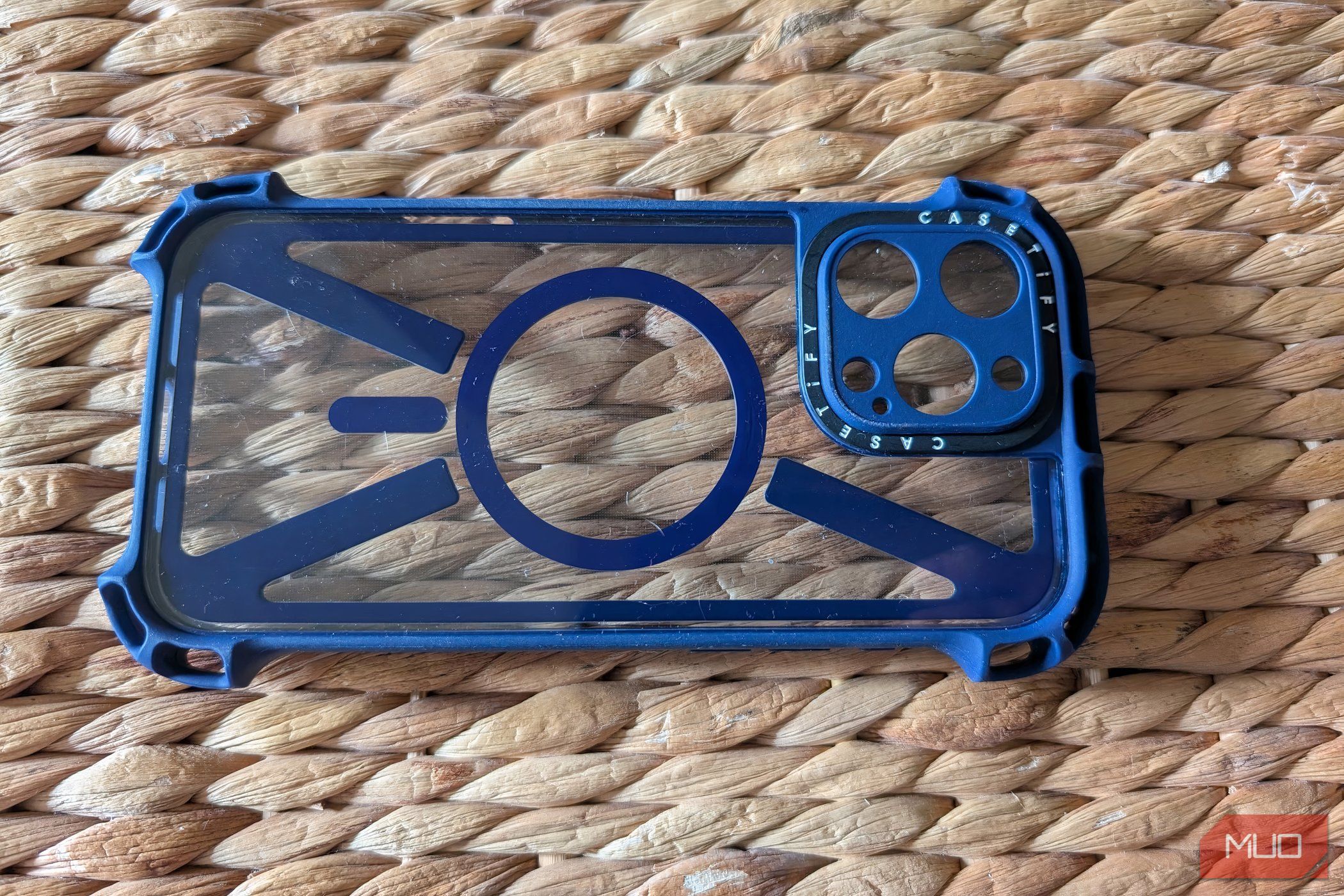
The design of slim cases (such as the SUPFINE magnetic iPhone 16 case) focuses on achieving maximum thinness, with measurements of only a few millimeters thick. These cases maintain the original dimensions and weight of your iPhone while providing protection, which is great if you want to preserve your device’s original design.
The design of minimalist cases stays true to their name by using simple lines and unadorned surfaces, without unnecessary decorations. They’re usually presented in transparent or monochromatic colors, allowing your device’s original design elements to shine through. Slim cases protect your iPhone from scratches, small drops, and minor scuffs, but they do not provide the same level of protection as thicker cases. The protective features of these cases include raised camera and display lips, which provide additional durability.
You should choose these if you want essential protection while keeping your device feeling like it has no case. Modern slim cases are usually compatible with the best MagSafe accessories, so you don’t have to give up on that super-useful feature.
Rugged/Heavy-Duty Cases
Heavy-duty iPhone cases (like the ESR heavy duty iPhone 16 case) are entirely the opposite of slim cases; they provide maximum protection against extreme conditions and significant impacts.
Protective cases have substantial weight and bulk. They utilize multiple materials, including hard polycarbonate and soft silicone, as well as metal or reinforced rubber. The cases utilize their design to absorb and distribute shock from major drops, even surpassing military drop test standards in some cases.
Rugged cases provide complete protection against dust, dirt, moisture, and vibrations through their built-in screen protectors, port covers, and raised bezels that extend past the screen and camera.
The added bulk and weight from these cases sacrifice the iPhone’s slim design, but are vital if you require maximum protection in harsh work environments or during outdoor activities.
Wallet Cases
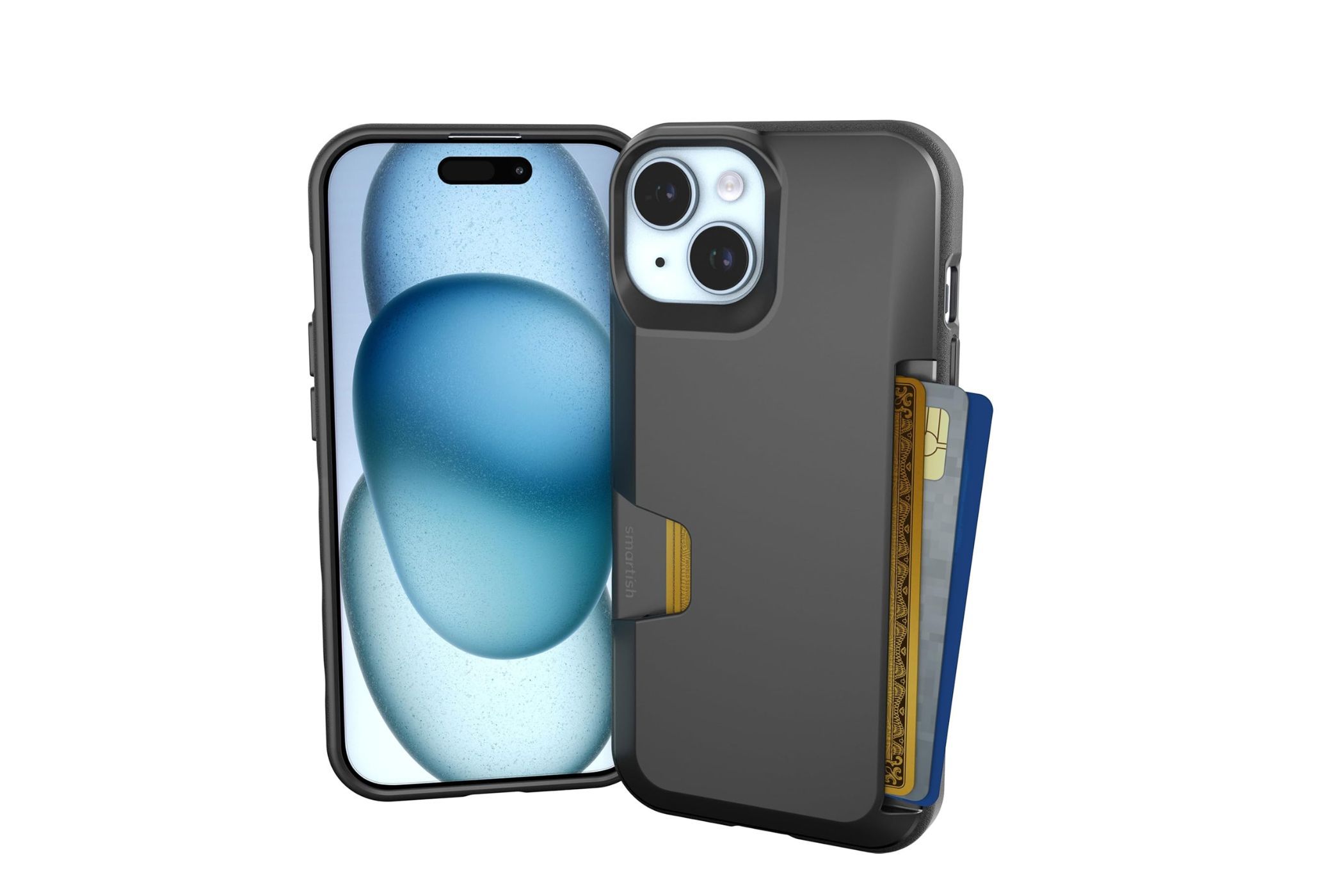
These type of cases, as the name suggests, combines two essential accessories into one. They have spots to store credit cards and ID cards, and occasionally cash. The Smartish iPhone 16 wallet case is an example.
Within this niche, there are several styles to choose from. Folio-style cases fold over the screen to provide complete protection, while also doubling as a kickstand. If you’re a minimalist, you’ll likely prefer a back-of-the-phone wallet design with either discreet card slots or magnetic attachments.
In addition to the typical scratch/scuff protection and minor drop defense, wallet cases should include RFID-blocking technology to prevent theft of your card information.
While these cases reduce the number of items you have to carry every day, there’s also an increased risk in having them combined. Losing your wallet will mean losing your phone, and vice-versa.
Battery Cases
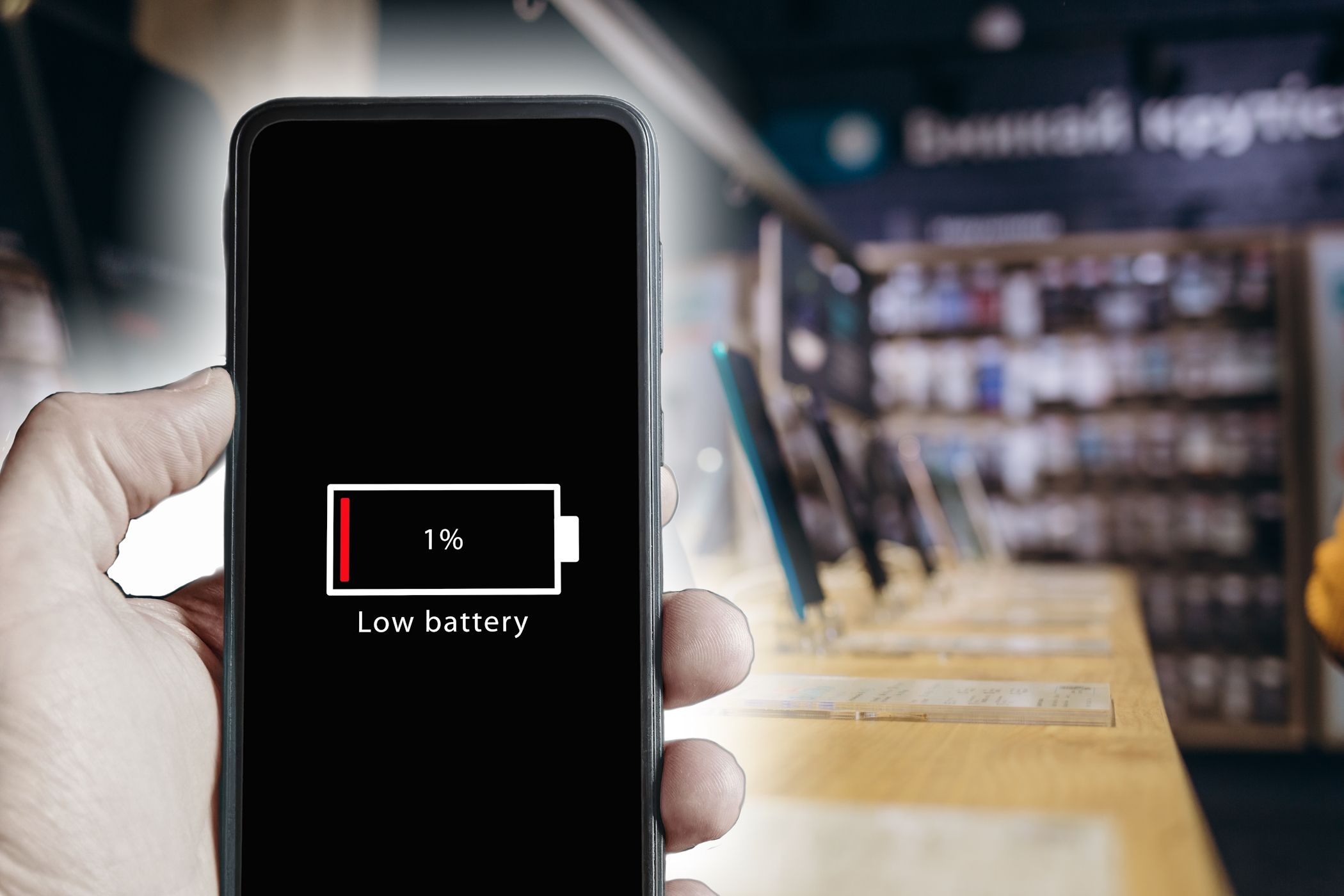
Battery cases (like the Feob iPhone 16 Pro Max Battery Case) integrate external batteries into their layer of protection, giving you extra juice without carrying a separate battery pack. The battery in the case connects to your iPhone via MagSafe or your phone’s charging port to function as an ongoing power supply.
If you’re always running out of charge, these are the cases for you. Most of these cases feature LED indicators that display the remaining battery power, so you never have to guess how much charge is left. Having the battery attached to your phone is more convenient than needing to carry it separately, though you should keep the added bulk in mind.
Specialty Cases
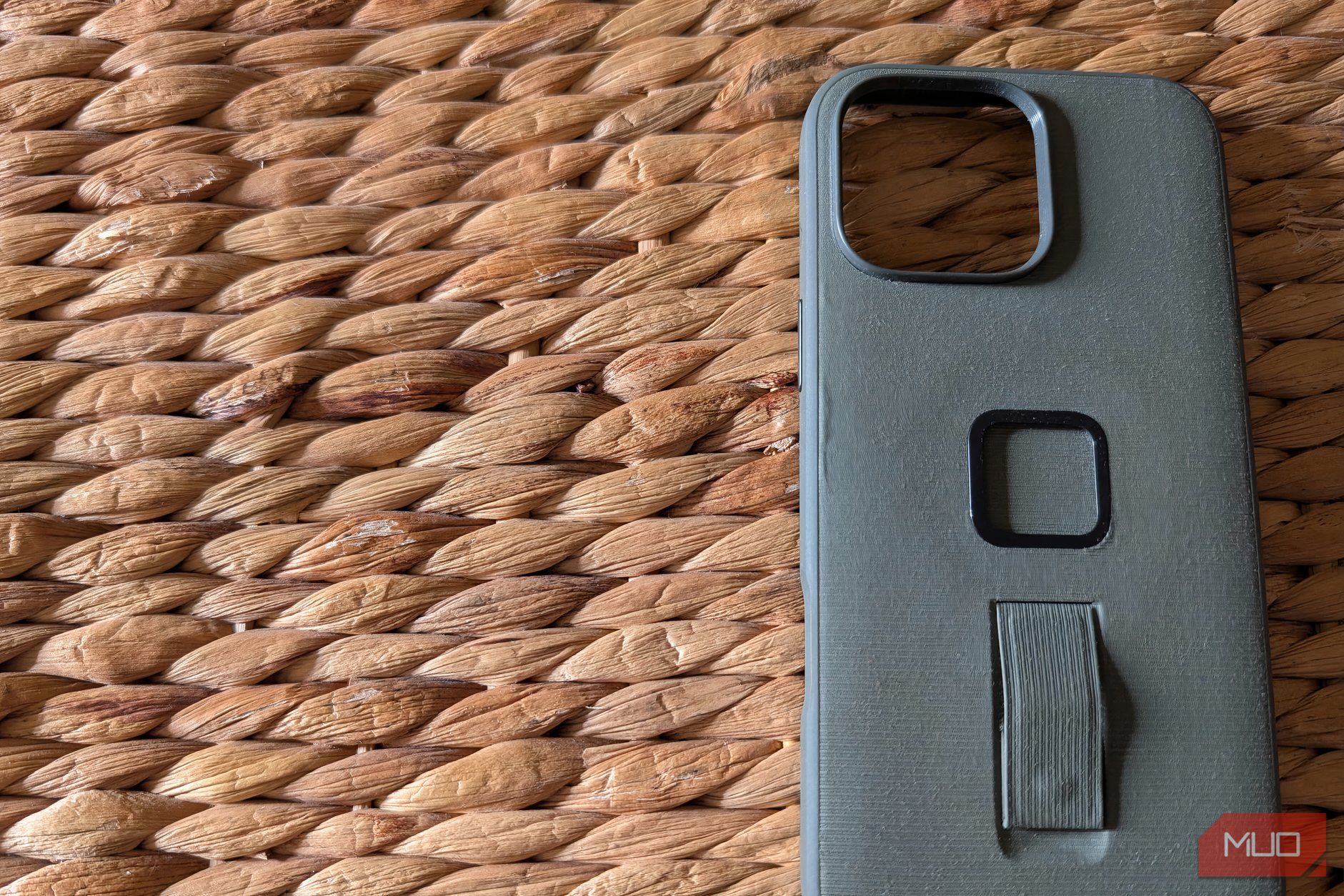
Many iPhone cases exist outside of the broad categories we’ve gone over; these usually focus on a specific need beyond general protection. Many of them are something you’d use in certain situations, not as an everyday case.
While no device is truly waterproof, modern iPhones are water-resistant. If you want additional protection against liquids, “waterproof” cases feature stronger seals to give you peace of mind when you drop your phone in water. They’re also great for trying your hand at underwater photography. You’ll typically find these as waterproof pouches, like the Hiearcool Waterproof Phone Pouch, rather than cases.
Gaming cases, including the GameSir G8 Plus, add buttons, joysticks, and triggers to make your phone feel more like a gaming handheld. Some even come equipped with improved cooling systems. While these aren’t so much cases as something you’d carry for better gaming, we include them here for completeness.
A thermal case maintains your iPhone’s temperature in extreme hot and cold environments. This helps preserve your device’s battery health, since such conditions can destroy battery life as well as harm its long-term performance. See the PHOOZY Thermal Phone Case as an example.
Quad Lock mounting cases are a great way to attach your iPhone to a bike, car, or tripod thanks to their built-in mounting systems.
Growing health awareness has led to the increasing popularity of antimicrobial cases, like those from Speck. The surface materials used in these cases help prevent the bacterial growth that occurs on the devices we hold all day.
Mobile photography enthusiasts might consider cases that come equipped with built-in lens systems, like those from Sandmarc. The interchangeable lens system within many of these cases offers telephoto, wide-angle, and macro options—though some argue external smartphone lenses are unnecessary.
You’ll also find phone cases that feature built-in kickstands; these are great if you watch a lot of videos and are always looking for something to prop your phone up. Try the Temdan Magnetic case, for starters.
What to Look for When Choosing a Case
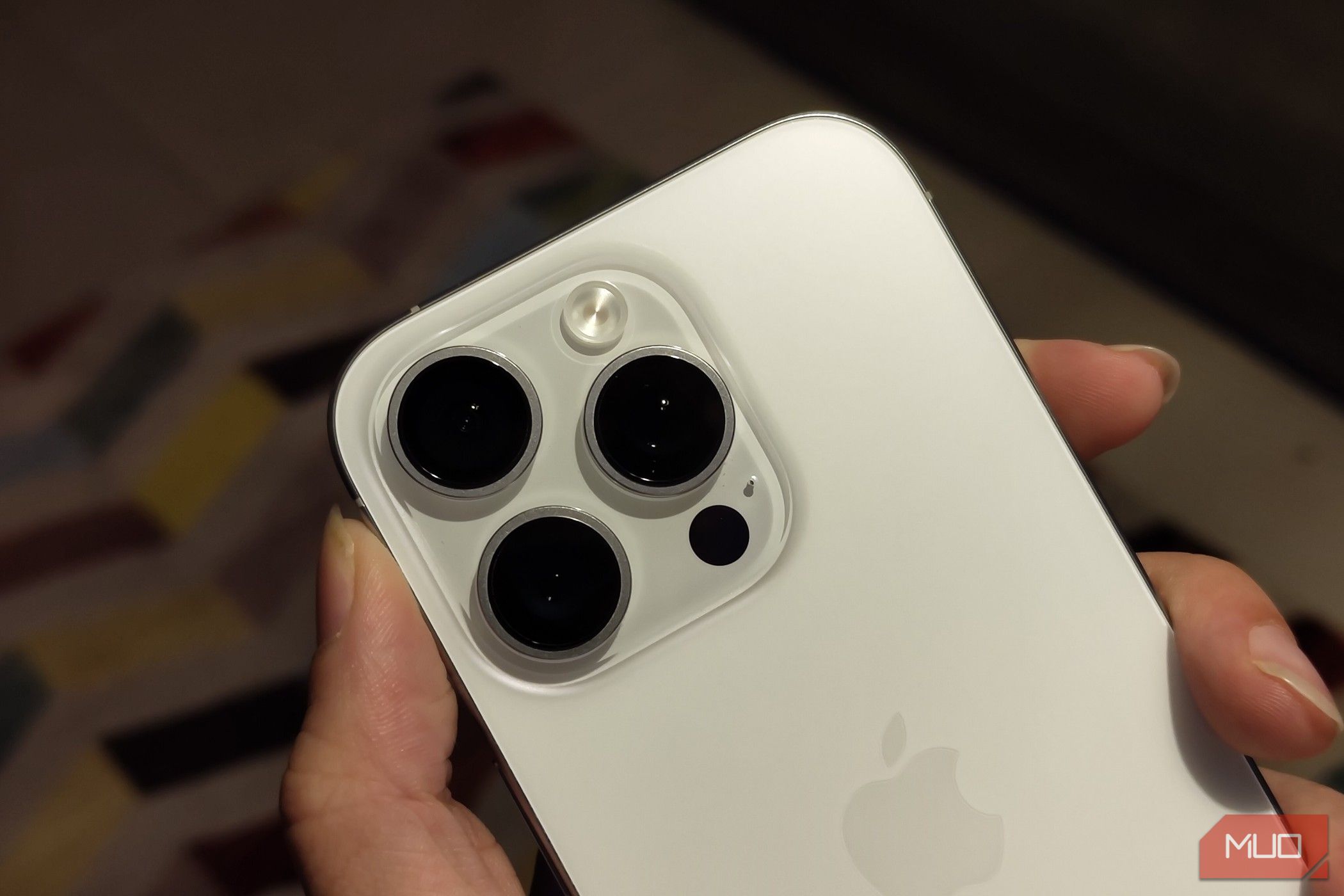
Phone case selection depends on three essential factors: protective features, stylish design, and operational convenience. The most important step is selecting a phone case that fits your iPhone model. Each model has different dimensions, so make sure to double-check the product listing (and which iPhone you have, if needed) before purchasing.
You next need to decide what level of protection you want from an iPhone case. Think about your daily routine for this: a minimal case is fine if you’re at a desk all day, while those who work in construction will need something heavy-duty.
Next, see if the functional aspects of the case do what you need. Confirm the case supports MagSafe compatibility, since MagSafe accessories are so useful. If you regularly drop your phone, look for a case with secure grip functionality.
The last factor to consider is the case’s design, along with its tactile feel. Choose a case that suits your style, between transparent designs that showcase your iPhone’s original look and colorful patterns that create striking visual effects. A perfect case protects your device while making your phone match your style.
Always check the brand’s reputation and reviews before purchasing, too. You don’t want to buy a case that hasn’t been vetted or has obvious flaws. The case you choose could come down to the price. Today’s iPhone cases can range in price wildly, from $5 to $100 (or even more). Keep an eye out for discounts if you find the perfect one that’s out of your budget.
As we’ve seen, it’s a lot of work to wade through all the iPhone cases available and pick what’s best for you. Consider buying several in different styles and seeing which fits into your life best before committing to one. And don’t be afraid to swap them out depending on what the situation calls for!







